SAEDNEWS: Shahr-e Sukhteh, also known as the Burnt City, is an ancient archaeological site in Iran that provides valuable insights into early civilization. This site, dating back over 4,000 years, highlights advancements in art, technology, and urban planning.
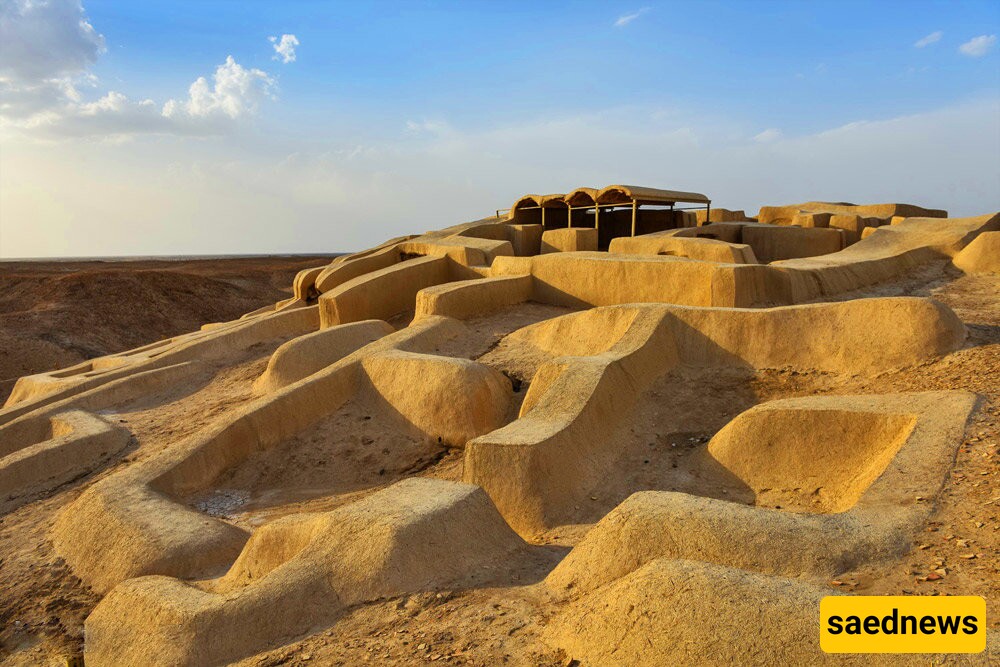
According to SAEDNEWS, Shahr-e Sukhteh, or the Burnt City, is a significant archaeological site in Iran’s southeastern Sistan and Baluchestan Province. This ancient city, dating back to approximately 3200 BCE, was part of the Helmand Basin civilization. Known for its frequent fires, the city was preserved through layers of ash, revealing details of its advanced society. Today, it is recognized as a UNESCO World Heritage site, offering important insights into early urbanism and technological achievements.
Shahr-e Sukhteh flourished in the early Bronze Age due to its strategic location along trade routes connecting the Indus Valley, Mesopotamia, and Central Asia. The city reached its peak during the third millennium BCE, becoming a vital center for commerce and cultural exchange. However, after experiencing several fires and likely environmental shifts, the city was abandoned around 1800 BCE.
The repeated fires that led to the city’s name, “Burnt City,” have contributed to its excellent preservation, allowing archaeologists to uncover its secrets and better understand the dynamics of this ancient civilization.
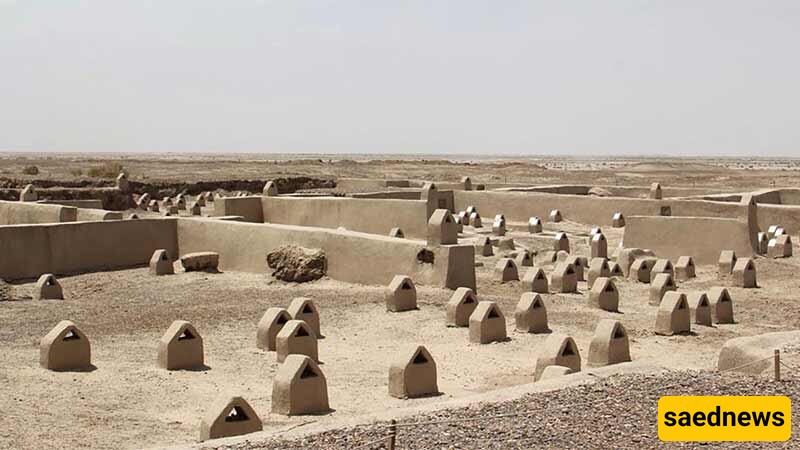
The urban planning of Shahr-e Sukhteh demonstrates remarkable sophistication. The city was divided into areas for residential, industrial, and funerary purposes, with distinct zones dedicated to specific functions. The city’s residential buildings were constructed with mud bricks, arranged in a rectangular layout, revealing the organized planning behind the city’s design.
Notably, multi-story buildings have been found, suggesting that the inhabitants of Shahr-e Sukhteh possessed advanced architectural knowledge for the time. The city also featured impressive drainage systems and street networks, highlighting its focus on urban development and functionality.
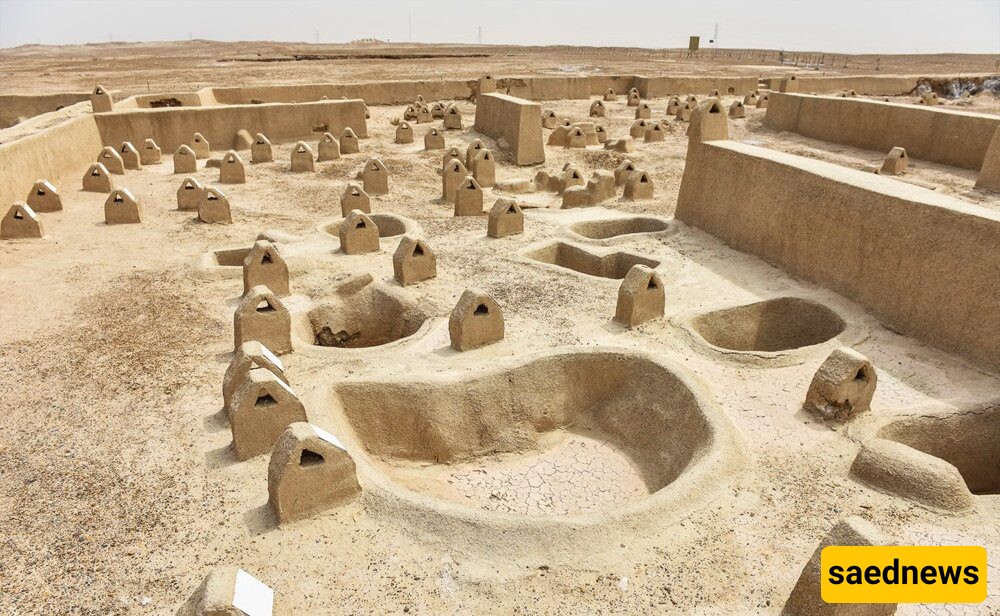
Shahr-e Sukhteh is renowned for its technological innovations, with several significant discoveries made at the site:
The World’s Oldest Artificial Eye: A gold-coated artificial eye, dating back over 4,000 years, was found at the site, making it the oldest known prosthetic eye. This discovery showcases the society’s understanding of medicine and aesthetics.
Board Games and Dice: Archaeologists uncovered an ancient gaming board and dice, offering a glimpse into the recreational life of the city’s inhabitants. These finds suggest that the people of Shahr-e Sukhteh valued leisure and social activities.
Medical Advancements: Evidence of brain surgery, specifically trepanation, was found in the remains of a skull. This early form of surgery indicates that Shahr-e Sukhteh’s residents possessed significant medical knowledge for their time.
These discoveries reveal a society with advanced technological skills, both in medicine and craftsmanship.
Shahr-e Sukhteh also provides important cultural insights through its artwork and artifacts. One notable find is a clay goblet that, when spun, creates a moving image—one of the earliest forms of visual animation. This discovery highlights the city’s innovative approach to art and entertainment.
Pottery, jewelry, and other artifacts, often decorated with geometric patterns and animal motifs, offer further evidence of the cultural values and artistic tastes of the society. The intricate craftsmanship of these items reflects the high level of skill possessed by the artisans of Shahr-e Sukhteh.
The burial sites in Shahr-e Sukhteh reveal much about the city’s social structure. Thousands of graves have been found, ranging from simple burials to more elaborate ones, accompanied by personal belongings like jewelry, pottery, and tools. This suggests a hierarchical society where wealth and status were reflected in burial practices.
The items found in some graves, such as jewelry and pottery, suggest that the people of Shahr-e Sukhteh believed in an afterlife and included valuables for the deceased to take with them. These burial practices provide valuable clues about the cultural and religious beliefs of the society.
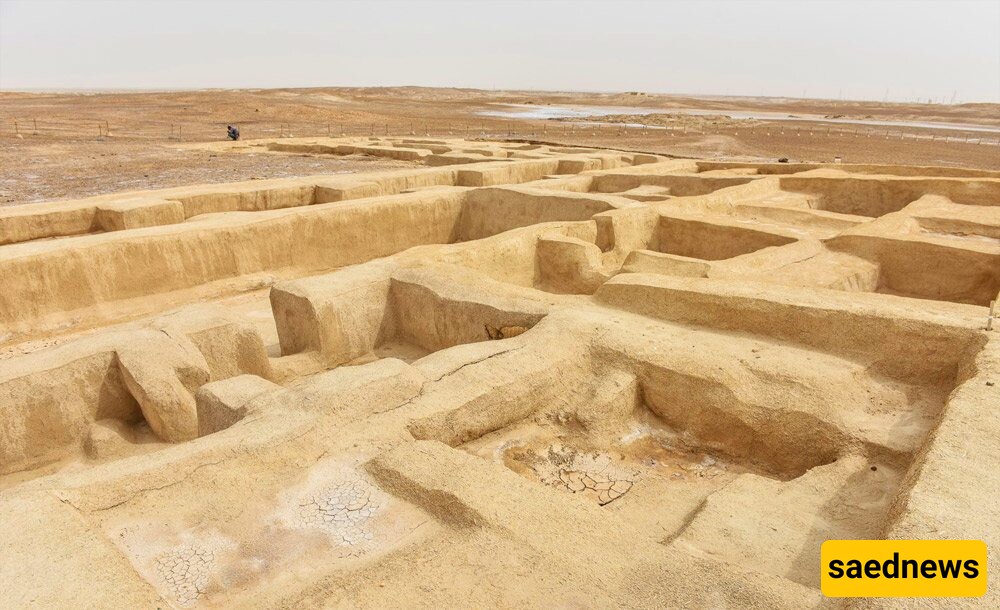
Shahr-e Sukhteh was situated near the Helmand River, making water a critical resource for its agriculture and daily life. The city relied heavily on water from the river, and evidence of canals and irrigation systems indicates that the inhabitants actively managed water resources to support agriculture.
However, environmental changes, including shifts in river courses and potential droughts, may have played a role in the city’s decline. These challenges highlight the importance of resource management in sustaining ancient civilizations and offer lessons on adapting to environmental shifts.
While Shahr-e Sukhteh was not initially a UNESCO World Heritage site, it is now recognized as one of Iran’s most important archaeological sites. Efforts to preserve the site have been ongoing, with local and international authorities working together to protect the ruins from natural erosion and modern threats.
Preservation measures include stabilizing the site’s structures and conducting new excavations to uncover more about its past. Education and outreach programs are also helping to raise awareness of Shahr-e Sukhteh’s significance and ensure its continued preservation.
Shahr-e Sukhteh draws tourists, archaeologists, and historians alike, who are fascinated by its advanced urban planning, technological achievements, and cultural artifacts. Guided tours offer visitors a chance to explore the ruins and learn about the history and significance of the city.
The site’s popularity continues to grow, attracting global attention to the ancient civilization that once thrived in the region. As tourism increases, efforts to balance preservation with visitor engagement remain a priority to protect the site’s fragile remains.
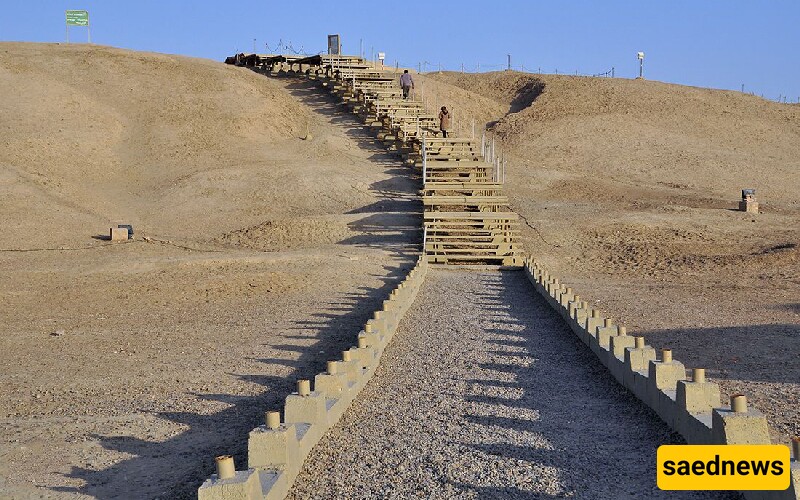
Shahr-e Sukhteh is a powerful testament to the ingenuity and sophistication of ancient Persian society. Through its remarkable technological advancements, artistic heritage, and urban planning, the city offers invaluable insights into early civilization. As one of Iran’s most important archaeological sites, Shahr-e Sukhteh continues to inspire and inform modern research while preserving the legacy of a civilization that existed over 4,000 years ago.

